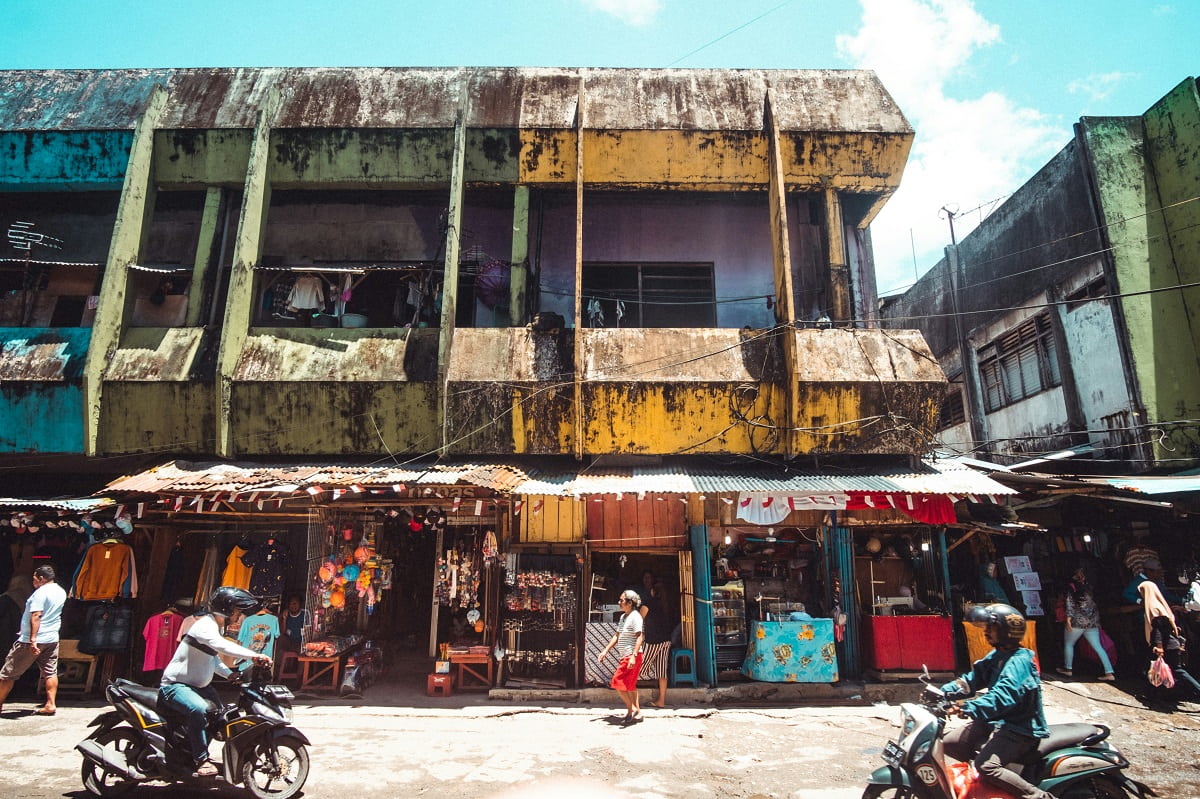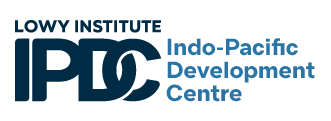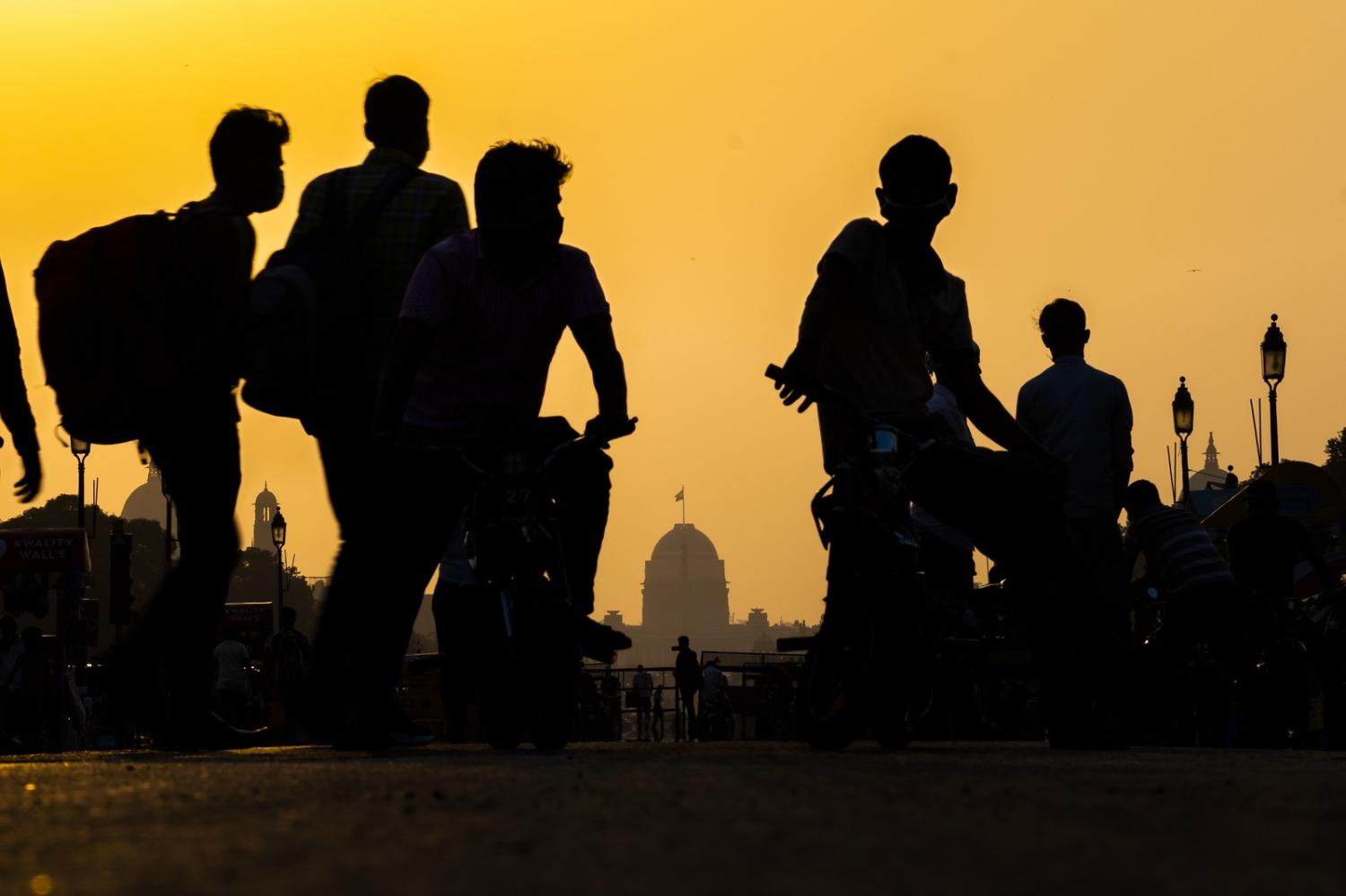The World Bank released its semi-annual Global Economic Prospects Report on 10 January, and it reads like a warning shot across the bow for the world’s economies.
Global economic growth will continue slowing in 2024 for the third consecutive year, threatening the weakest half-decade of growth since the early 1990s. This will be driven by advanced economies’ sluggish growth under tightened monetary policy, China’s structurally driven slowdown, and weak international trade. While other emerging and developing economies besides China are set for a slight bump in growth rates in the year ahead, this remains well below pre-pandemic averages and follows only a “modest” rebound from recent economic shocks – people in one quarter of developing economies remain poorer than before the pandemic.
There is some good news, however. Global inflation is continuing to fall. And some major emerging market and developing economies (EMDEs) have returned to pre-pandemic growth rates, looking well positioned to leverage an expected rebound in global demand and international trade from 2025 onwards. The World Bank has also outlined a potential pathway for stimulating a stronger, more broad-based exit strategy from the current cyclical downturn – investment accelerations. But this is not simple.
The path towards a brighter recovery is narrow and will require adept economic decision-making along the way. With a record two billion people preparing to vote for new governments in the world’s democracies this year, concerted economic reform and growth plans are not inconceivable outcomes. Although equally plausible is a widespread turn to populist and nationalistic programs.

The global economy is expected to grow by 2.4 per cent this year, down from 2.6 per cent in 2023. The United States growth forecast was upgraded by 0.8 percentage points to 1.6 per cent in 2024 given surprisingly resilient economic activity despite its monetary policy tightening. Unfortunately, the Euro area’s growth forecast was lowered by 0.6 percentage points to only 0.7 per cent. The economic bloc slowed sharply in the second half of 2023 as the shock from the invasion of Ukraine, led by energy price inflation, and interest rate rises weighed on activity. This malaise is expected to continue through 2024. China had unexpectedly sluggish growth in 2023 after a post-pandemic rebound left much to be desired and is forecast to continue slowing to well below pre-pandemic growth rates over 2024–25. As a trade-intensive economy, this is set to affect trade growth especially in the East Asia and Pacific regions.
The outlook for EMDEs excluding China remains subdued. With a modest improvement in trade and economic growth expected, this will be insufficient to reverse the lost output from the shocks of previous years. To date, financial stresses and outright crises have remained confined to a small number of countries. But global financial conditions will remain tight. Given public and private debt grew over the last decade in these economies, borrowing capacity and therefore fiscal space is more limited – those countries with lower creditworthiness scores already face unsustainable borrowing costs. If central banks decrease interest rates in response to falling inflation, this could trigger currency depreciations, risking further financial stresses and encouraging capital flight – notably absent from this episode of global monetary policy tightening.
Furthermore, risks are firmly tilted to the downside: global inflation could remain sticky and require tighter monetary and financial conditions for longer; conflict escalations threaten to disrupt energy markets (again); and slower than expected growth in major economies would weigh on global demand and consequently trade. Climate change also poses a challenge – more frequent natural disasters will divert already constrained resources away from economic development objectives. And as always, the spectre of increasing geopolitical tensions between major powers and greater fragmentation of the global trading system remain a persistent impediment for EMDEs seeking global trade integration as a growth-promoting strategy.
Slower growth, tight global financial conditions, and more constrained global trade. So why does all this matter?
One word. Poverty.
The Covid-19 pandemic was the single biggest setback to global poverty levels since the Second World War. And now, countries are struggling to recover. When excluding China and India, the World Bank projects EMDEs will make no relative income gains compared to advanced economies between 2019 and 2025. One in four developing countries has seen per capita incomes fall since 2019. Simply put, poverty reduction has stalled and looks increasingly difficult to kick-start.
In response, the World Bank pleas for governments to focus on comprehensive reforms. Its recommended policy mix is broad and predictable, encompassing consolidating government finances, expanding international trade and finance, adopting stronger fiscal and financial institutions, and improving the investment climate for private businesses.
Nothing novel. But a key point from the World Bank is that if developing countries can replicate some of the best reform episodes of previous decades that have fostered investment booms and other positive spillovers, this could be enough to reverse the setbacks of the past few years. In other words, as difficult as the global economic outlook appears, restoring progress towards broad-based development is still within reach this decade. But it requires countries to act.


